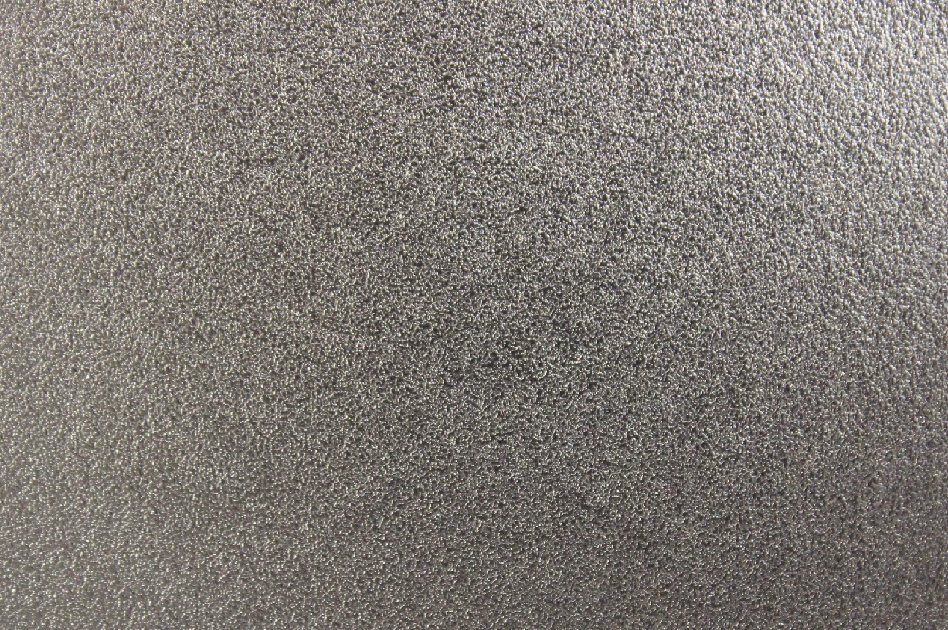Law enforcement professionals may appreciate fingerprints that are easy to spot, but the rest of us don’t. Stainless steel is an amazing material that provides beauty and permanence in a variety of applications. Stainless steel building envelopes will last as long as the building stands. While fingerprints are seldom an issue outside the building, interior elements like column covers and elevators are exposed to considerable pedestrian traffic. For these applications, managing fingerprints becomes important.
We use the term managing fingerprints because there is no way to avoid them where people are able to touch the surfaces of elevator cabs, doors, and other installations. If you have stainless steel appliances at home, chances are you have first-hand experience dealing with this issue. Stainless appliances are typically made with a #4 abraded finish which is among the most difficult finishes to maintain. The best solution at home is to use a stainless steel cleaner/polish in order to remove fingerprints and render the surface more cleanable going forward. However, this is not always the best solution for large installations in public buildings. It can be somewhat impractical, and therefore unlikely that an aggressive maintenance regimen will be put in place.
Beyond the use of a cleaner/polish, there are other ways to manage fingerprints on stainless steel finishes. First and foremost, choosing a finish that is more cleanable and fingerprint resistant goes a long way toward keeping the building looking fresh and minimizing maintenance costs. Anti-fingerprint coatings are also very helpful in this regard, but can be fairly expensive and may not perform well in outdoor applications.
Fingerprint Resistant Finishes
When viewed under a microscope, rolled in stainless steel finishes have a smoother surface texture than abraded ones. The process of producing abraded finishes tends to tear the surface, creating jagged features in the metal. However, the process of producing rolled in finishes does not involve metal removal. Further, the rolling process serves to tighten the surface. This results in smooth undulating features at the microscopic level which serve to limit the accumulation of surface contaminants (including human fingerprint residue), allow for easier cleaning and improve corrosion resistance.
Contrarian Micro Textures developed the InvariLux® finish for applications where dirt resistance and cleaning ability are important. In terms of hiding fingerprints in the first place and making it easy to clean them after the fact, InvariLux® is superior to other finishes on the market. These products all reside in a class above abraded finishes with respect to fingerprint resistance and ease of cleaning.
There are several anti-fingerprint coatings on the market, but the best we have encountered is FG3 produced by Tsukiboshi Art Company in Japan. The FG3 coating is available on much of their line of products which we distribute in North America. The coating is both UV stable and provides a degree of improved abrasion resistance. Cleaning ability is also greatly improved and it opens the door to use a variety of abraded finishes, including linear polishes similar to those on home appliances and multi-directional grit finishes in fingerprint sensitive environments. Media blasted finishes can also be coated with FG3 delivering the same improvements.
Other anti-fingerprint coatings on the market are less durable and are generally not UV stable. We suggest the designer is much better off choosing a fingerprint resistant stainless steel finish without a coating than opting for one of these.
Fingerprint management is just one aspect that designers should consider when choosing materials. Our sales representatives are well-trained in all design criteria relating to stainless steel and other high-performance architectural metals. Much can be gained by tapping into their experience early in the design process.
